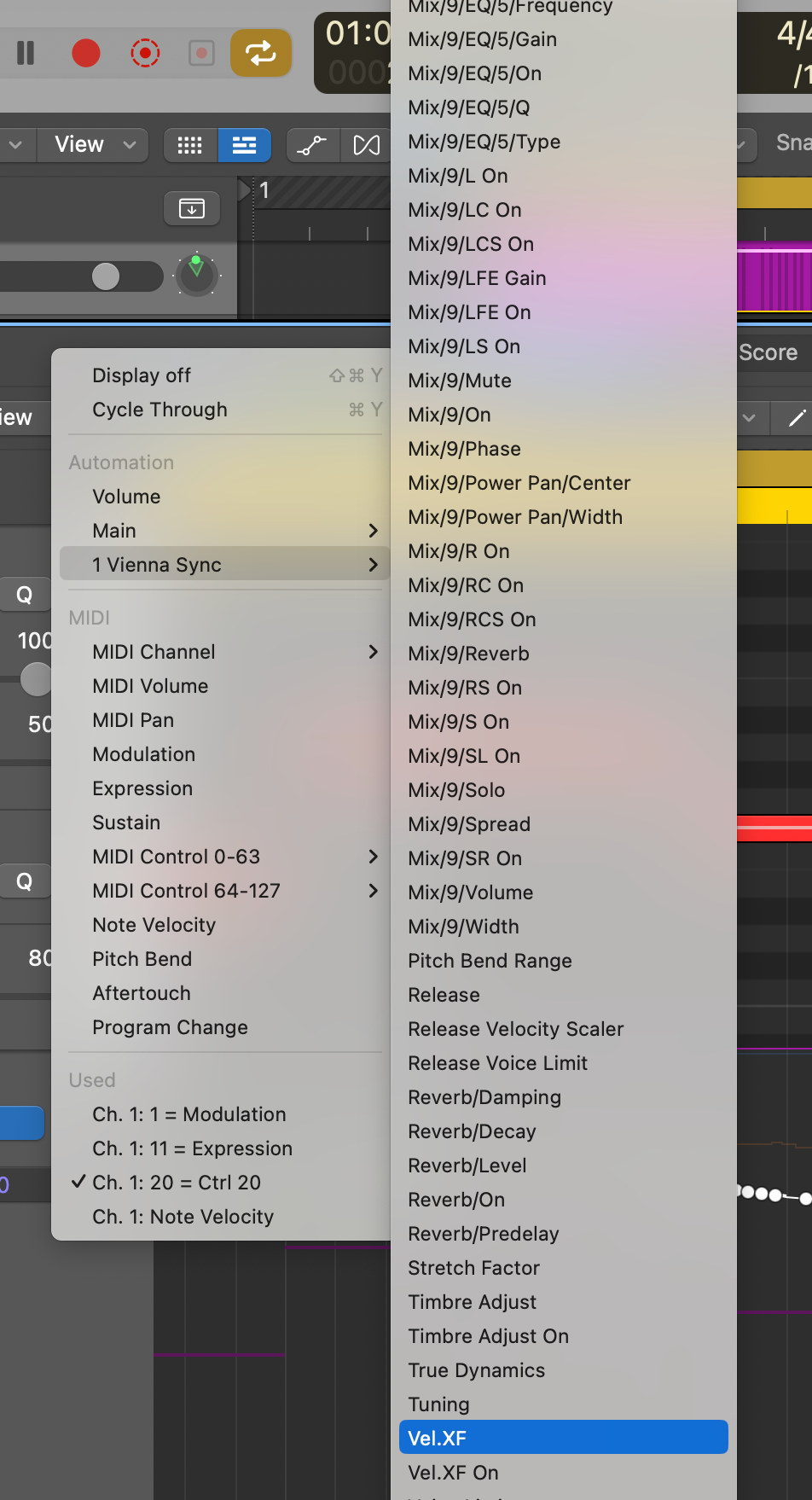I'd like to help, but I don't fully understand the question.
@cinematicpop said:
rather than in the Vienne Sync. VelXF lane
Synchron doesn't have lanes. I think you mean the CC1 controller assigned to Vel.XF in Synchron isn't responding to CC1 data.
And yet, CC1 data is being written in Logic. Once written, the Synchron instance still doesn't respond to it?
Is this region or track automation?
If you draw in CC1 into the actual region, does Synchron still not respond?
Stray thoughts:
- Try Logic Pro > Control Surfaces > Bypass All Control Surfaces.
It's not uncommon to accidentally assign CC1 to a Control Surface. In this case, it never reaches the sequencer.
I'm not certain if you've got the FVDE as a control surface or just a common MIDI controller slider. There is a difference. And the term "Fader" is often (though not always) a term used for Control Surfaces.
@cinematicpop said:
is there any way to turn Logic Pro's default MIDI CC mapping off so that I can use just the Synchron Player's mapping?
2. Again I'm not clear, as it seems you intend to drive Vel.XF from your FVDE, and it's sending exactly that.
Anyway, you can filter CC1 data in Environment using a Transformer set to "Filter Matching Events." You'd cable from the port of your FVDE to the Transformer, the CC 1 data would be filtered, and then cable that out to the Seq. Input object.
And if no FVDE port appears in Environment's "(Physical Input)" object, then it is most likely assigned as a Control Surface. When a piece of hardware is a Control Surface, Logic hijacks everything it sends and directs it to Control Surface Assignments. The MIDI data won't even show up in Environment.
Maybe poking around with those ideas can help. If not, you could try Logic Pro Help.
